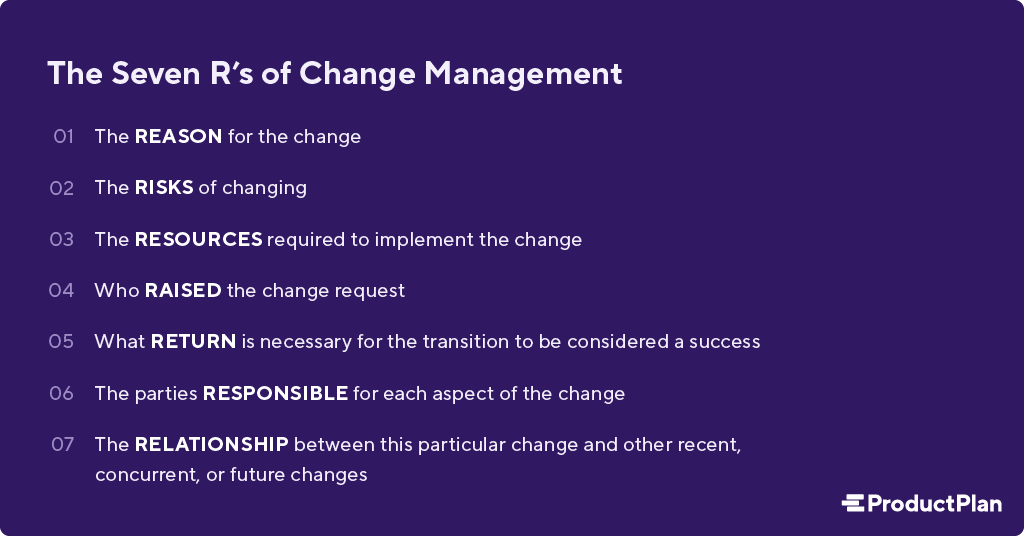Humans thrive on routine and knowing what to expect before it happens. It’s why Times Square and airports and rest stops feature familiar chain restaurants instead of bespoke local cuisine. We’re craving the routine because it’s safe and comfortable. The need for routine makes change hard. We’re uprooting our foundations, questioning our beliefs and assumptions, and welcoming chaos before there was order. Who wants to do that? Change management basics acknowledge that change is hard for people, regardless of how obvious, beneficial, or simplistic those changes may be. It understands that change isn’t a technology dilemma or logistical challenge, or financial hurdle to overcome.
What Exactly Do You Mean by Change Management?
Change management acknowledges that the most challenging part of implementing significant changes isn’t the technology or processes themselves. Instead, it’s the need for alignment around the new program. You can diagram workflows, buy shiny new tools, and tout your unique capabilities and optimized logistics. Still, things only really change when people start using the new stuff and quit relying on what they did before.
An effective change management strategy incorporates the human elements of implementing change alongside the technical, physical, and logistical aspects.
Change management basics
There are plenty of change management principles, theories, and methodologies out there. But what they all have in common is an understanding that behaviors and beliefs must change.
Kurt Lewin’s model describes it as unfreezing, changing, and refreezing, underlying the importance of breaking old habits. To do this, Lewin explains that leaders must first define and convince people to move toward the new, desired state. Once that’s complete, you can then lock in the new behavior as the norm.
The need for product professionals to implement change highlights a fundamental challenge. If people don’t want or need to change, they’re unlikely to embrace it. When the old way was “good enough,” people resisted change. In the past, people accepted the hurdles and obstacles they faced were how things worked.
People become resigned that the inefficient nature of the status quo is something you have to live with. Over time becoming numb to its confounding nature. They need convincing that the proposed change will create meaningful benefits for the entire organization. Only then are they ready to begin accepting and implementing change.
The seven Rs of change management
One method of implementing significant changes relies on the “seven Rs” of change management. These are:

The common thread in these Rs is context. While they touch on a few aspects of the execution, they’re far more focused on why the change is happening. Moreover, they target who it impacts and how it fits into the organization.
What sabotages significant changes is far more often apathy or outright resistance to change management basics. Enthusiasm and commitment only come when everyone truly understands why the change in question is significant and matters.
What’s the Plan for Implementing Change?
How do you implement change? How do we make it happen? Like all significant undertakings, you’re going to need a plan.
With the 7 Rs in mind, this isn’t your ordinary project plan because the scope extends far beyond writing code and shipping software. It must also encompass the human side of implementing significant changes.
Change management warrants a comprehensive roadmap, including all the multi-pronged, parallel efforts required to plot out and pull off such a massive affair successfully. Visual roadmaps have a few key elements making them ideal for the job and are suited for this task.
Timelines and milestones
Change management without a schedule and deadlines is a lost cause. Disrupting the old way of doing things for something new and different won’t happen by itself. Without holding stakeholders and contributors to target dates, these tasks will always be pushed to the back burner in favor of more “pressing” needs.
There must be a timetable for change and accountability for hitting dates from the top to down to keep things on track and maintain momentum. Roadmaps illustrate when different initiates are slated to start and finish, once again providing context for how each piece fits into the larger puzzle.
This visibility allows managers to allocate resources and plan accordingly for what’s, doing the work this change requires without necessarily ignoring other product, business, and customer needs during this timeframe. Few companies have the luxury of shutting down their regular work to execute a significant change, let alone implement change management basic strategies right away, so this acknowledges the reality that other work will take place during this timeframe.
And for work that specific dates must complete due to downstream dependencies, contractual obligations, or regulatory compliance, milestones put a hard deadline in place and give it maximum visibility. These fixed cutoffs make it clear to those involved that getting things done by a specific date isn’t, which also allows management to apply pressure or shift resources if needed.

Swimlanes and color coding
By definition, change management projects span multiple parts of the organization, often including separate workstreams and varying teams participating in different stages of each workstream. Using swimlanes and color-coding, these parallel tracks can be adequately visualized, and each team can quickly see which parts of the plan they’re for.
For example, the roadmap might have swimlanes for Communication, Product A, Product B, Back Office Systems, and Governance. Then, within the Communication swimlane, the responsible party for each phase would be indicated using colors, such as blue for the executive team, red for marketing, green for human resources, and yellow for the sales team. This provides at-a-glance clarity regarding who owns what.
The right tools for the job
Visual roadmaps are optimal for communicating the complexities, dependencies, and high-level schedule for change management. The way to achieve this is a purpose-built visual roadmapping tool like ProductPlan. These tools make it easier to create, maintain, and share the roadmap across the organization.
Visual roadmaps built with this kind of tool have a few benefits besides ease of use. Because it’s witnessed, everyone always sees the latest and most excellent version, avoiding relying on outdated copies. You can also tailor the level of detail for different audiences using tagging and filters. Plus, integrations with other tools in the technology and product stacks enable viewers to drill down for more information and current status when needed.
Project plans add value at the more granular execution levels for the individual initiates within the more extensive change management process. Using both timeline and Kanban views in a tool such as ProductPlan, project managers and stakeholders can see precisely where things stand at any given point in time.
Communication tools such as Slack and even all-hands meetings also play a pivotal role in creating ongoing engagement and enthusiasm for change management. These ongoing touchpoints give everyone updates on progress, reinforce the benefits of the change, and provide an opportunity to answer questions and share experiences as the changes progress. When implemented effectively, change management basics can help your organization thrive.




